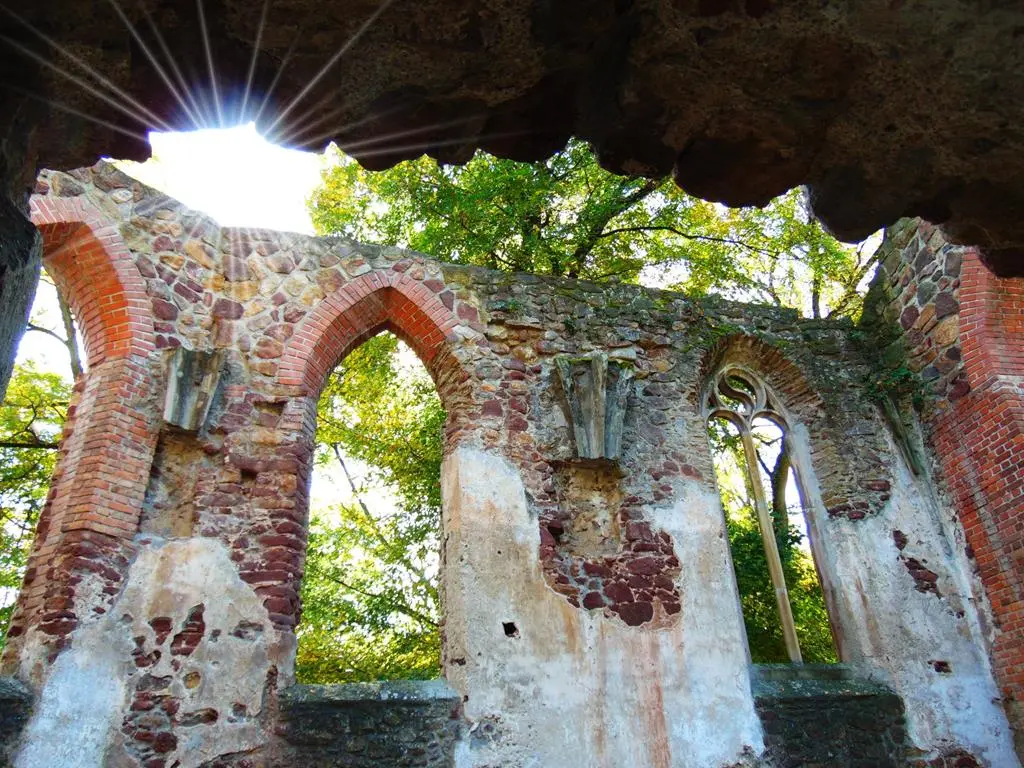SENSATIONAL: 13th century secret friary of Hungarian Pauline Fathers found – PHOTOS

Archaeologists of the Hungarian National Museum have found one of the first friaries of the only Hungarian-founded congregation, the Pauline Fathers. They received tremendous help from volunteers.
According to the Facebook page of the Hungarian National Museum’s Archaeological Institute, their archaeologists discovered the long-searched Insula Pilup Sanctae Helenae church and the neighbouring friary near Taliándörögd. The small village is close to Lake Balaton, Hungary’s famous summer holiday destination. We wrote about a priceless fighter plane recovered from the lake HERE.
The Order of Saint Paul the First Hermit (abbreviated as Pauline Fathers) is a monastic order of the Catholic Church founded in Hungary during the 13th century. The Order was formed in 1250 by the Blessed Eusebius of Esztergom. The Pauline Order spread rapidly through Hungary, numbering 170 houses at its peak. Furthermore, it prospered in other countries too. It flourished in five provinces: Hungary (including Croatia, especially Istria), Germany, Poland, and Sweden.
Their central friary was in Budaszentlőrinc in Hungary and Częstochowa in Poland. Today, the Order is still active, but its headquarters is in Poland, in the monastery of Jasna Góra.
The recently discovered friary is one of the first, founded even before the Mongol invasion (1240-1241). Interestingly, they found the remains untouched. Therefore, they can study the early history of the Order.
The friary of the Pauline Fathers was on a long-lost island
The first document about the Order is a letter from Pál, the bishop of Veszprém, naming the friaries (and their wealth) that would like to join the Hungarian-founded Order. The precious document born in 1263 lists the Insula Pilup Sanctae Helenae temple in the first place. However, researchers were not able to localise that until now.
Research started after Krisztián Sütő, a volunteer from Veszprém county, found an 1827 map which mentioned the temple as Rudera St. Helena. They took some photos of the place with Zsolt Kaszás, an expert specialised in medieval churches and villages, and sent them to the National Museum.
They began instrumental measurements in the area and cleared the place. They found the remains of the former temple beneath the ground and even a 70-cm high part of the former wall above. Based on geophysical measures, the temple is a small Árpád-era chapel with a probably untouched foundation.
According to the type of iron nails found, the temple was covered by a tiled roof and a palisade protected it. They also found a Gothic key around the entrance.
The ‘insula’ world in the name of the temple referred to the fact that the place was surrounded by water from all sides, and you could access it on an artificial land bridge. They also found a small house on the former island inhabited by 2-3 people those days.
The remains of the church will be thoroughly excavated shortly, they promised. Here are some photos the National Museum shared. HERE you may read about the 1300-year-old undisturbed Avar warriors found in Hungary. In THIS article, you may found details about a Roman sarcophagus found in Western Hungary.
Featured image: illustration
Source:



